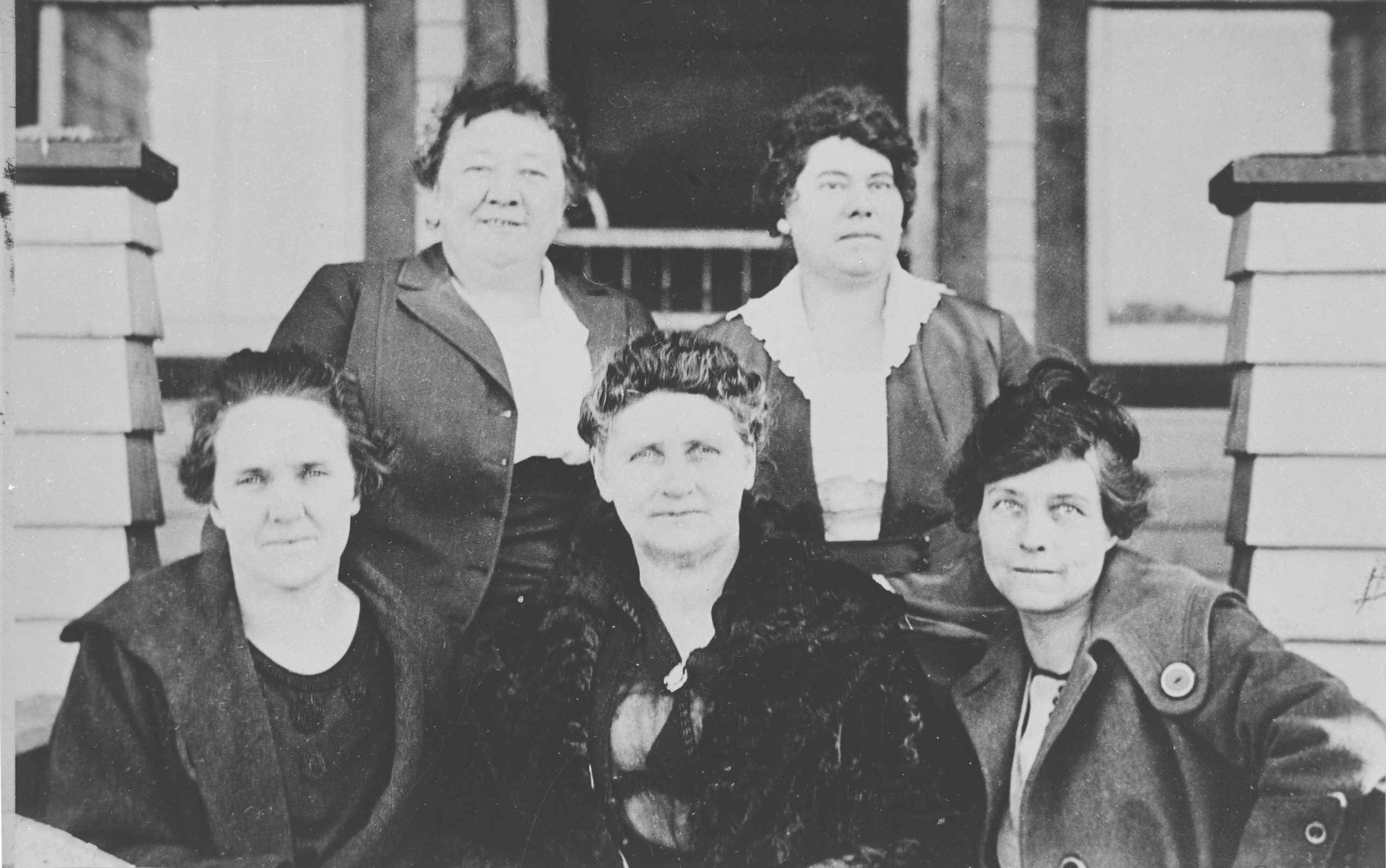Webless Wonders
27 Aug 2017
Raboin discovers unique local spider species
Summer 2017
Written By: Jill Thompson | Images: David Bowers
Most spiders around the world build webs, but that's not always the case in Jackson Jole. Fiver years ago, Maggie Raboin was conducting her undergraduate research in the area when she discovered something very unexpected: a spider that uses leaves, flower petals, insect wings and other materials to build a mound over its egg sacs
his discovery left Raboin with plenty of questions: What kind of spiders were these? What was the purpose of the mounds? And how do they survive the harsh Wyoming winters? She is now a doctoral candidate at the University of California, Berkeley, working to answer these questions. “I started asking around why the spider was building a mound and nobody could answer my questions,” Raboin says. “So it sounded like a good dissertation topic and something that I wanted to answer myself." Raboin was raised in northern Minnesota, and her love of nature was nurtured by her grandfather, who worked as a National Park Service ranger for 40 years. At the University of Montana, she studied wildlife biology and focused on animal behavior, from songbird communication to insect sociology.
It was five years ago when she initially discovered the mound-building spider in the Snake River Canyon, but the process of scientifically describing the new species, from physical traits to behavior, continues. Raboin is working with experts at the California Academy of Sciences as well as a South African scientist who studies a related group of spiders.
When you discover a new species, you get to name it, so she named her find the mason spider.
“I started calling it the mason spider because there is a whole group of bees called mason bees, which build similar structures, like brick layers,” Raboin says.
Every species has a Latin name in addition to a common name, so Raboin decided the mason spider’s Latin name should be Castianeira teewinoticus in honor of Mount Teewinot.
“The natural history of this spider
is important because there are no other spiders in the world that perform
this sort of behavior.”
– Maggie Raboin
As she completes her doctoral studies in California, Raboin continues to scientifically describe the spider and study how climate change could affect the species’ overwintering. For this research, she was awarded the Boyd Evison Graduate Fellowship Grant by the Grand Teton Association. To date, Raboin has marked 720 mason spider egg sacs and collected 200 that she brought back to Berkeley to raise.
“To me, the natural history of this spider is important because there are no other spiders in the world that perform this sort of behavior,” Raboin says. “The climate change research is important because these spiders spend over half their lives under the snow. We have no idea of what sort of effect climate change and the change in snowpack is going to have on their biology and survival.”
Although she is studying in California, Raboin often returns to Jackson Hole to check on her field sites and conduct research. She makes time for mountain biking, hiking, and rafting when she’s in town, while always always keeping an eye out for new spiders and new discoveries.
Raboin was raised in northern Minnesota, and her love of nature was nurtured by her grandfather, who worked as a National Park Service ranger for 40 years. At the University of Montana, she studied wildlife biology and focused on animal behavior, from songbird communication to insect sociology.
It was five years ago when she initially discovered the mound-building spider in the Snake River Canyon, but the process of scientifically describing the new species, from physical traits to behavior, continues. Raboin is working with experts at the California Academy of Sciences as well as a South African scientist who studies a related group of spiders.
When you discover a new species, you get to name it, so she named her find the mason spider.
“I started calling it the mason spider because there is a whole group of bees called mason bees, which build similar structures, like brick layers,” Raboin says.
Every species has a Latin name in addition to a common name, so Raboin decided the mason spider’s Latin name should be Castianeira teewinoticus in honor of Mount Teewinot.
“The natural history of this spider
is important because there are no other spiders in the world that perform
this sort of behavior.”
– Maggie Raboin
As she completes her doctoral studies in California, Raboin continues to scientifically describe the spider and study how climate change could affect the species’ overwintering. For this research, she was awarded the Boyd Evison Graduate Fellowship Grant by the Grand Teton Association. To date, Raboin has marked 720 mason spider egg sacs and collected 200 that she brought back to Berkeley to raise.
“To me, the natural history of this spider is important because there are no other spiders in the world that perform this sort of behavior,” Raboin says. “The climate change research is important because these spiders spend over half their lives under the snow. We have no idea of what sort of effect climate change and the change in snowpack is going to have on their biology and survival.”
Although she is studying in California, Raboin often returns to Jackson Hole to check on her field sites and conduct research. She makes time for mountain biking, hiking, and rafting when she’s in town, while always always keeping an eye out for new spiders and new discoveries. 










